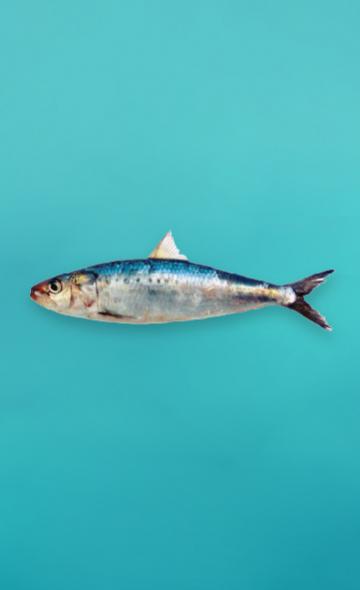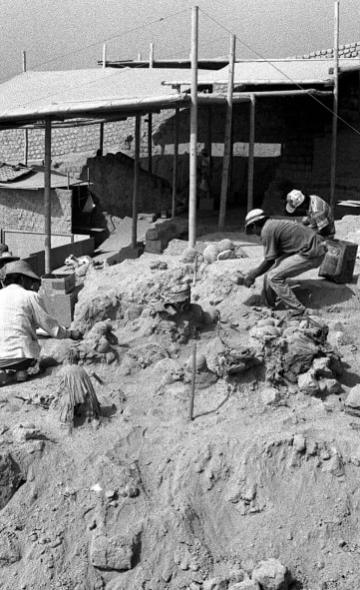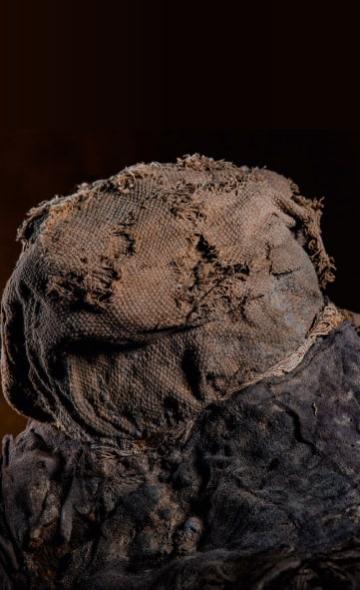- Visitors
- Researchers
- Students
- Community
- Information for the tourist
- Hours and fees
- How to get?
- Virtual tours
- Classic route
- Mystical route
- Specialized route
- Site museum
- Know the town
- Cultural Spaces
- Cao Museum
- Huaca Cao Viejo
- Huaca Prieta
- Huaca Cortada
- Ceremonial Well
- Walls
- Play at home
- Puzzle
- Trivia
- Memorize
- Crosswords
- Alphabet soup
- Crafts
- Pac-Man Moche
- Workshops and Inventory
- Micro-workshops
- Collections inventory
- News
- Students
- Andean Food Series: Sardine
News
CategoriesSelect the category you want to see:

International academic cooperation between the Wiese Foundation and Universidad Federal de Mato Grosso do Sul ...

Clothing at El Brujo: footwear ...
To receive new news.
Por: Jose Ismael Alva Ch.
By José Ismael Alva Ch. - Resident Archaeologist of the El Brujo Archaeological Complex | Wiese Foundation
Sardine (Sardinops sagax) is a fish that lives in the Southeastern Pacific Ocean, between the present countries of Ecuador, Peru and Chile (Instituto Humboldt n.d.). This fish lives in schools, that is, it moves in large quantities of fish, and constitutes one of the most outstanding species of the Peruvian sea. Join us to learn about this interesting marine species, the history of its consumption and its nutritional properties.
Biological characteristics of the sardine
The cold-water Humboldt Current rich in phytoplankton and zooplankton creates conditions conducive to one of the most important biomasses on the planet. Within the diversity of fish existing in the Pacific Ocean, sardine is a species that lives in schools in the ranges of 16 °C to 23 °C in the summer and 10 °C to 18 °C in the winter. Moreover, it can live up to 10 years and reach a size of 39.5 cm. The reproduction time of this fish occurs in two periods: the first between the months of July and September and the second between the months of February and March.
The entry of the El Niño current into the South American coasts causes changes in the distribution of sardine, as their schools move southward (IMARPE ND, Humboldt Institute ND).
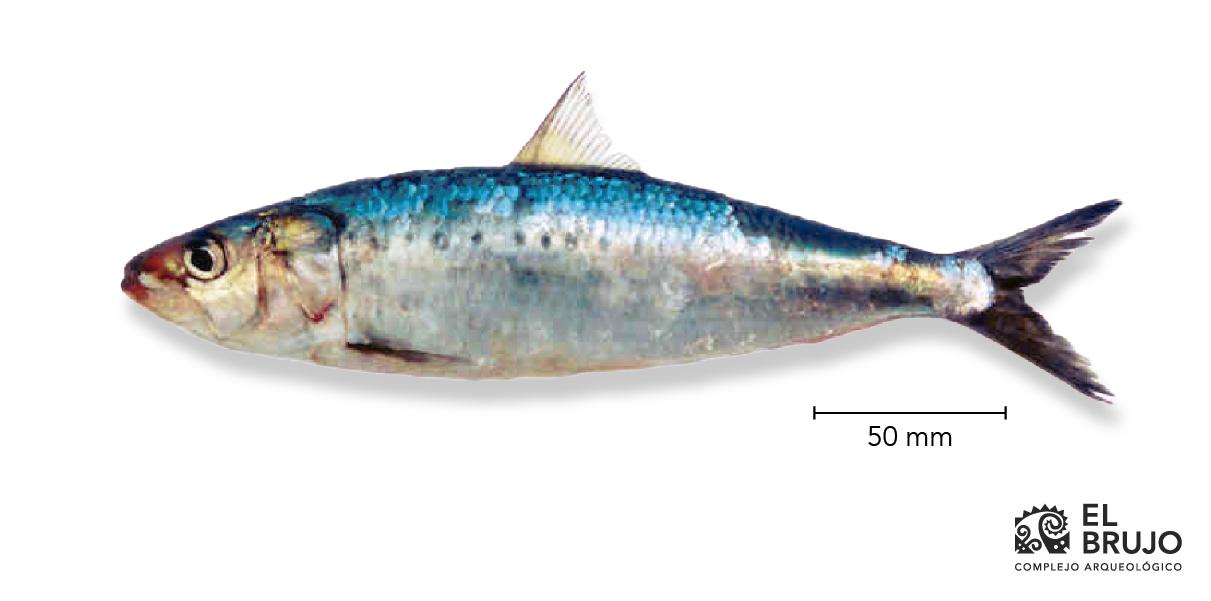
Figure 1. Sardines (Sardinops sagax). Photo: Sea Institute of Peru (IMARPE).
The sardine: Consumption in pre-Hispanic times
The oldest evidence of sardine consumption on the Andean coast was found at the Quebrada de Tacahuay site (Moquegua, Peru), with estimated dates between the years 10,736 and 9,370 BC (DeFrance and Umire, 2004, cited by León, 2013: 360).
In the Chicama Valley, located on the northern Peruvian coast, Claude Chauchat identified remains of this fish in the archaeological waste dumps located in the Ascope area. These accumulations of waste date from 7,333 BC and correspond to the hunter-gatherer communities that produced the Paiján points (Chauchat, 1992, cited by León, 2013: 360).
In the El Brujo Archaeological Complex, located on the coastline of the Chicama Valley, the oldest evidence of sardines comes from the second stage of construction of Huaca Prieta, dated between 5,622 and 4,588 BC (Dillehay, 2017: 244).
There is additional information coming from Huanchaco Bay. There, between the years 1,200 and 1,100 BC, notorious changes in the distribution of marine fauna seem to begin, possibly due to an El Niño phenomenon that caused the communities settled in that place to have a greater preference for smaller fish such as sardine and anchoveta, among others (Prieto et al., 2022: 55).
For the time of the Mochica society (200-800 AD), remains of sardines have been recorded in architectural spaces of Huaca de la Luna intended for the preparation of large quantities of food and drinks for ceremonies and banquets (Vásquez & Rosales, 2006, p. 283).
Sardines and gastronomy
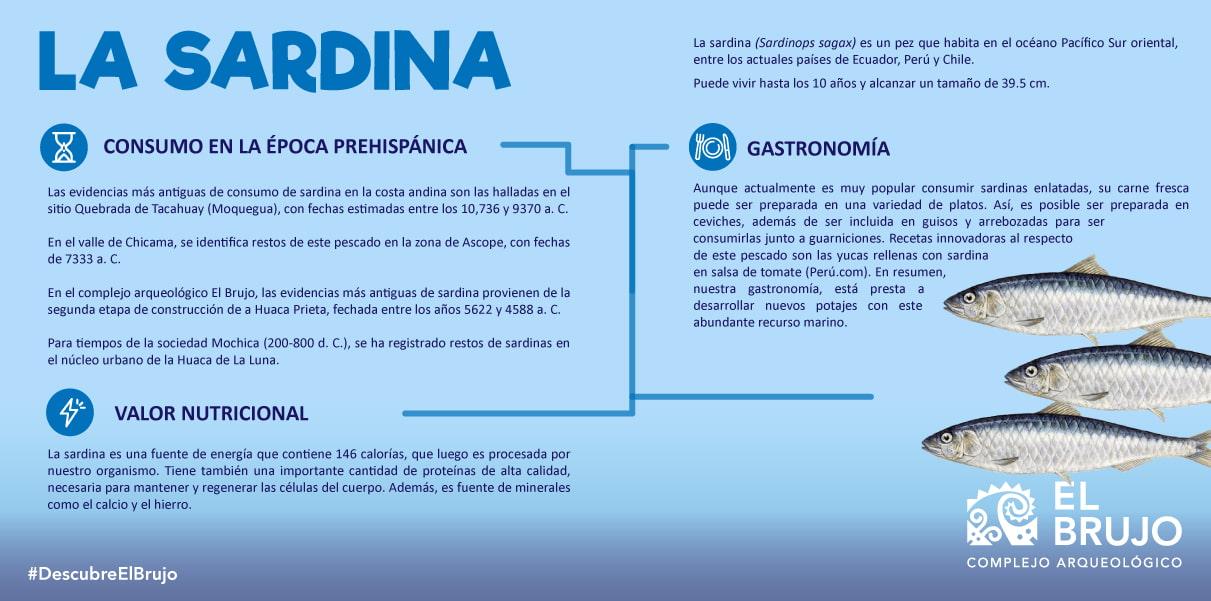
"Although it is currently very popular to consume canned sardine, its fresh meat can be prepared in a variety of dishes. Thus, it is possible to use it as an ingredient in dishes such as ceviche, in addition to being included in stews and battered to be consumed along with garnishes. Innovative recipes related to this fish include yucas stuffed with sardines in tomato sauce. In short, our gastronomy is ready to develop new dishes with this abundant marine resource."
Nutritional values of sardines
Sardines are an energy source that contains 146 calories, which are processed by our body. They also have an important amount of high-quality proteins, necessary to maintain and regenerate the cells of the body. In addition, it is a source of minerals such as calcium and iron.
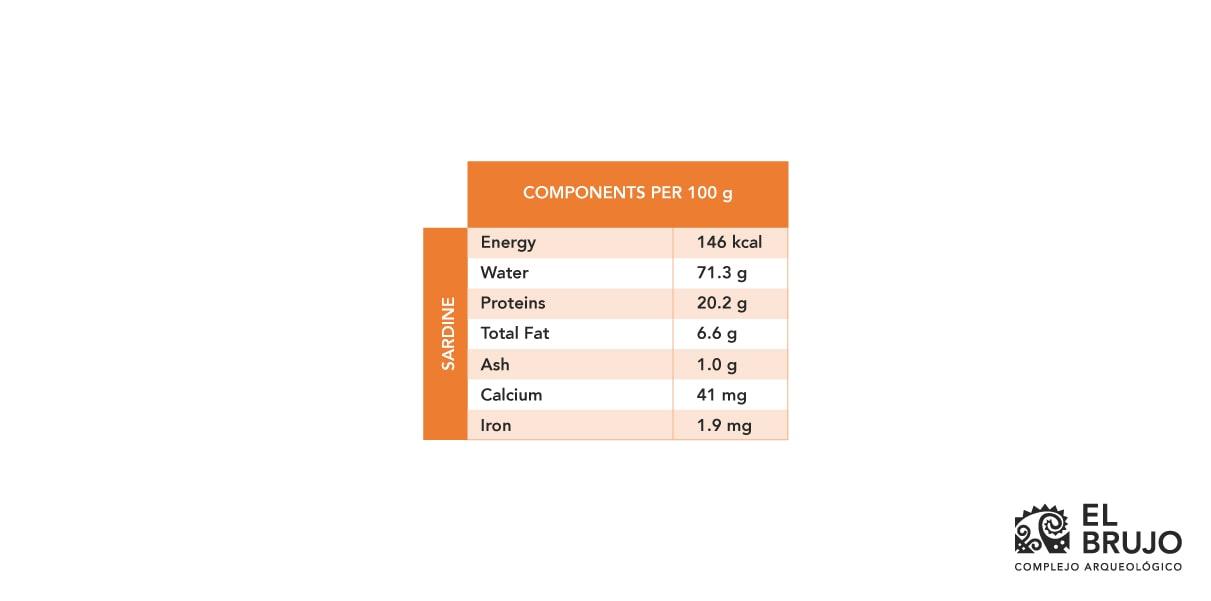
Table of the nutritional value of fresh sardines Based on information published by the National Institute of Health (Reyes et al., 2017, pp. 44-45).
Bibliographic References
- Dillehay, T. D. (Ed.). (2017). Where the Land Meets the Sea. Fourteen Millennia of Human History at Huaca Prieta, Peru. Texas University Press.
- Humboldt Institute (N.D.). Sardine. Humboldt Institute: Marine and aquaculture research. http://ihma.org.pe/sardina/
- Sea Institute of Peru (N.D.). Sardine. Sea Institute of Peru. http://www.imarpe.pe/imarpe/archivos/articulos/imarpe/recursos_pesquerias/adj_pelagi_adj_pelagi_sardi_mar07.pdf
- León, E. (2013). 14,000 years of food in Peru. Universidad de San Martín de Porres.
- Peru.com (2012). Prepare a delicious Stuffed Yuca with Peruvian Sardine in Tomato Sauce. https://peru.com/estilo-de-vida/gastronomia/prepara-rica-yuca-rellena-sardina-peruana-salsa-tomate-noticia-58797/?ref=pcom
- Prieto, G., Druc, I., Arrelucea, L., Chavarria, H., Asencio, J. & Flores, L. (2022). The occupation of the Late Initial Period (1100/1000 – 800 BC) and the Early Horizon (800-500/400 BC) in Huanchaco, northern coast of Peru. Archaeology and Society 36, pp. 9-66.
- Reyes, M., Gómez-Sánchez, I., & Espinoza, C. (2017). Peruvian tables of food composition. Ministry of Health, National Institute of Health.
- Vásquez, V., & Rosales, T. (2006). Analysis of Organic Remains (Zoological and Botanical) of CA-35 and CA-17, Moche Urban Zone—Huaca de la Luna. In S. Uceda & R. Morales (Eds.), Archaeological Project of Huaca de la Luna. Technical Report 2005 (pp. 275-302). Universidad Nacional de Trujillo.
Students , outstanding news


